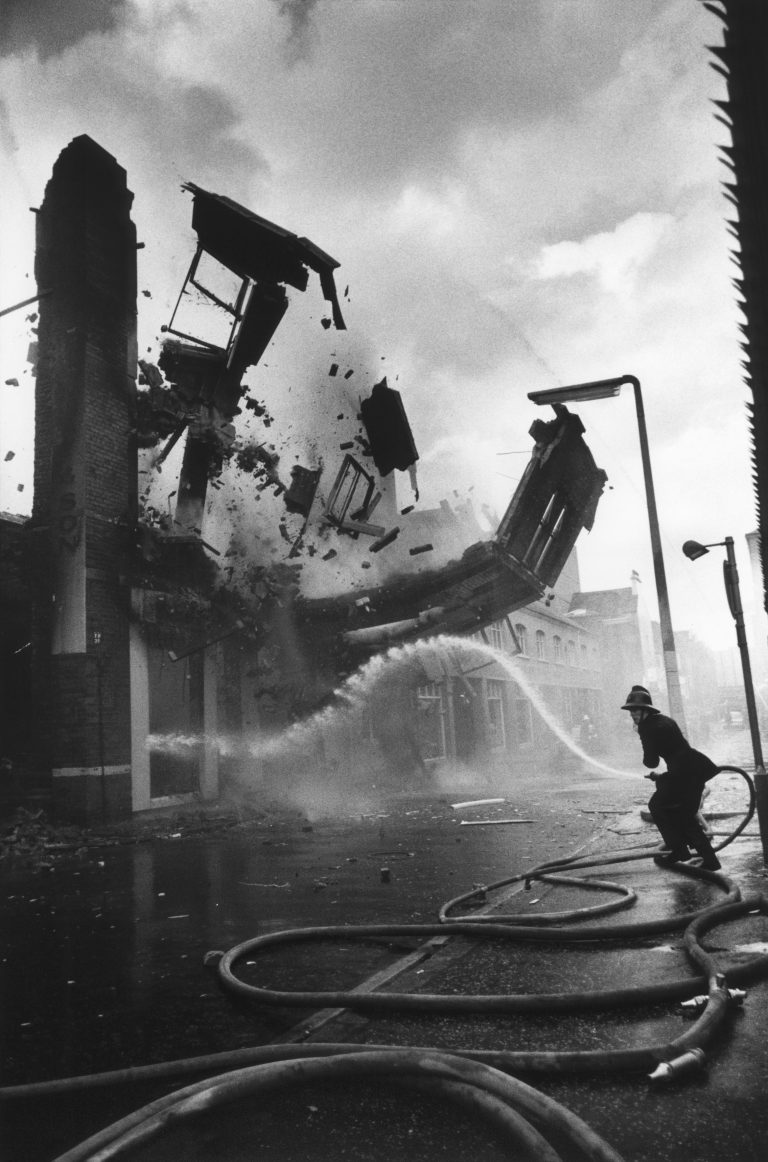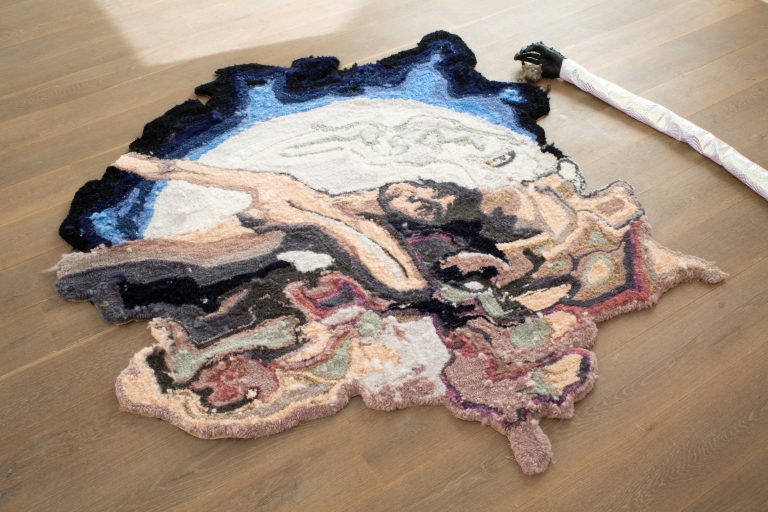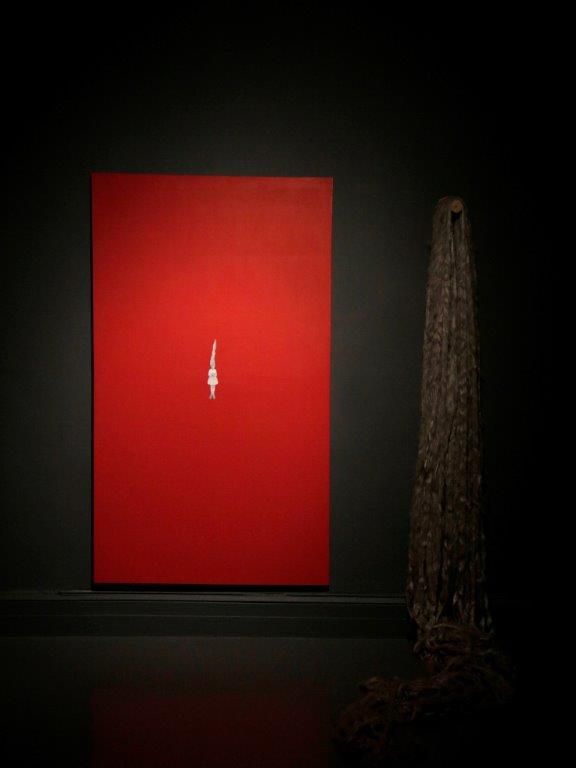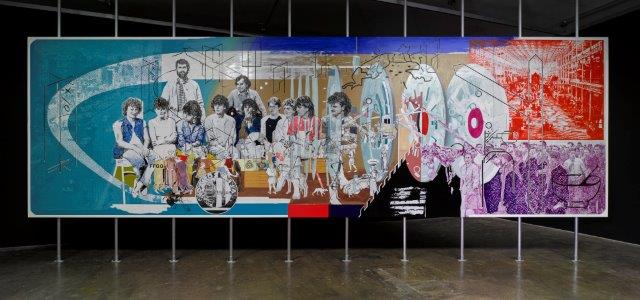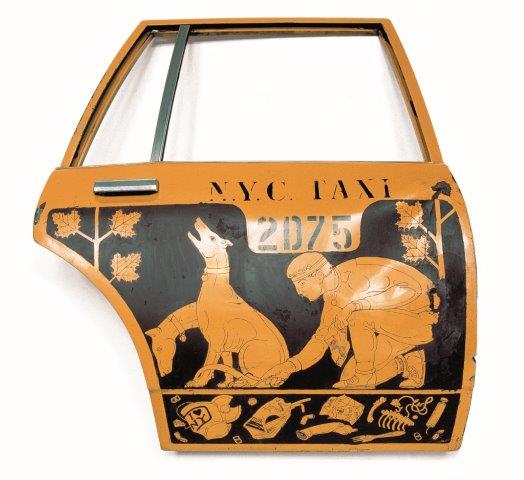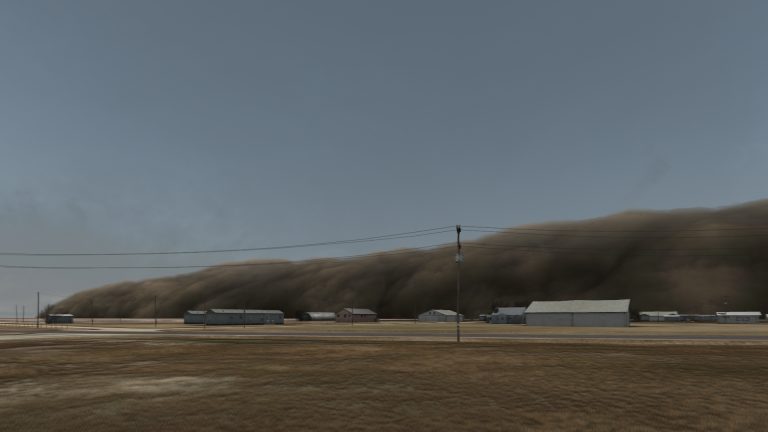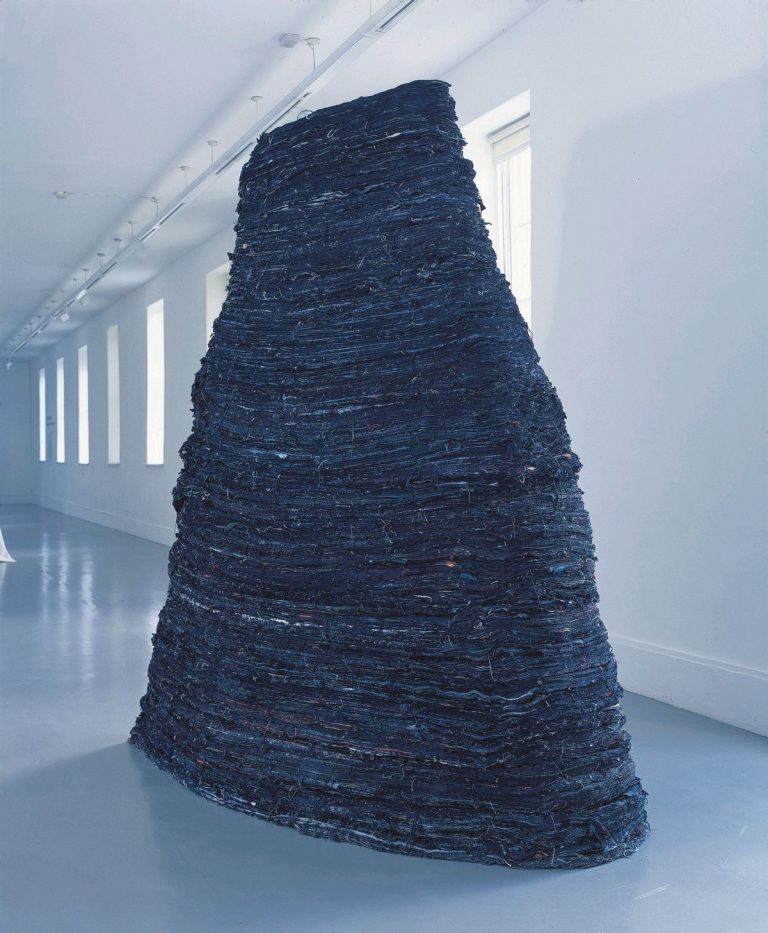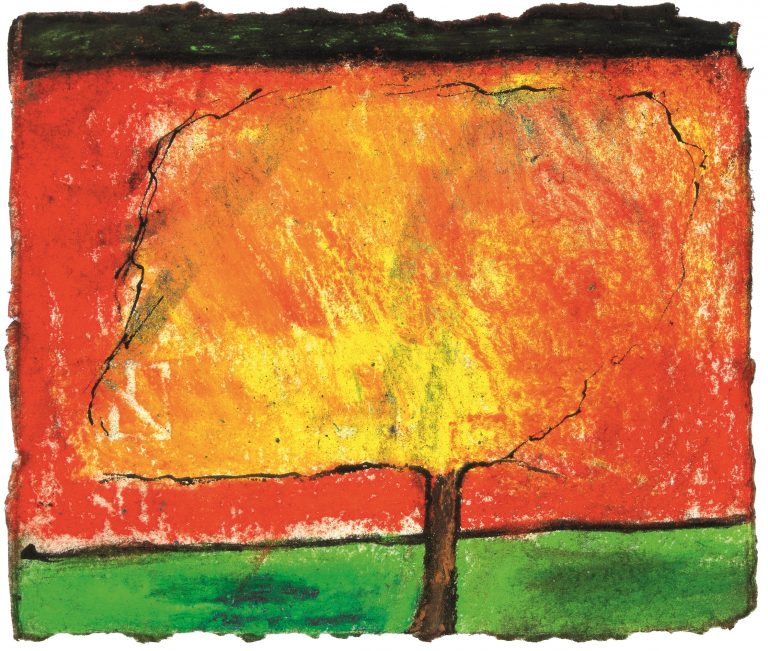IMMA presents a new museum-wide exhibition showcasing the IMMA Collection and the history of the Museum since 1991 in the exhibition The Narrow Gate of the Here-and-Now, IMMA: 30 Years of the Global Contemporary.
The Narrow Gate of the Here-and-Now is presented in four chapters, each one exploring the past three decades through different thematic approaches. The chapters are: Chapter One: Queer Embodiment; Chapter Two: The Anthropocene; Chapter Three: Social Fabric and Chapter Four: Protest and Conflict. All four chapters are now open to visit.
This is the first time that the entire Museum has been given over to a display from the IMMA Collection and presents more than 200 artworks. The exhibition also showcases a selection of recently acquired artworks to the Collection through a fund from the Department of Tourism, Culture, Arts, Gaeltacht, Sport and Media. Alongside this, while several key loans augment the artworks in the Collection and Archive.
The exhibition positions IMMA’s inception in 1991 as part of a crucial moment in the history of globalisation, within the European context. Around this time, several museums of contemporary art in countries such as Poland and Lithuania were redefining their cultural identities in the context of a post-Communist Europe. These and wider shifts towards globalisation, with the dawn of the internet and rise of neoliberal politics in the West, provide the context for thinking about IMMA’s role in relation to the global contemporary.
The Narrow Gate of the Here-and-Now traces urgent themes across the 30-year period as they impact the personal, the political and the planetary, and prompts thinking about the effects of globalisation today in the Irish context as we respond to global crises from COVID-19 to Climate Change and the Black Lives Matter movement. The exhibition explores ideas of bodily autonomy, conflict and protest, the Anthropocene era, and digital technologies, through the rich holdings of the IMMA Collection and Archive which represent a diverse history of artistic responses to these themes.
The exhibition is designed by the collaborative architecture and design practice led by Jo Anne Butler and Tara Kennedy.
